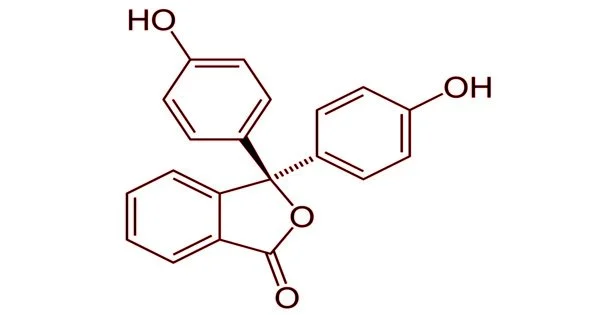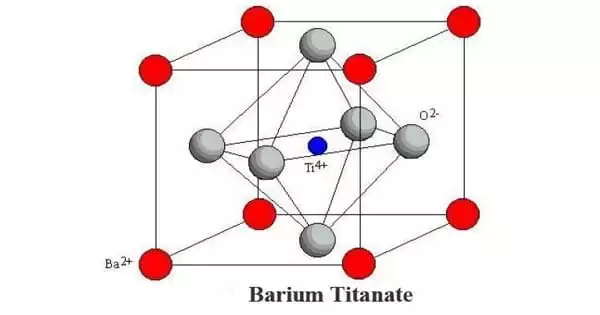Cadmium sulfide is the inorganic compound with the formula CdS. It typically appears as a yellow to orange powder, but it can also be found in a variety of crystalline forms. It is a yellow salt. It is insoluble in water but can dissolve in concentrated acids or alkalis. It occurs in nature with two different crystal structures as the rare minerals greenockite and hawleyite, but is more prevalent as an impurity substituent in the similarly structured zinc ores sphalerite and wurtzite, which are the major economic sources of cadmium.
Properties
- Chemical formula: CdS
- Molar mass: 144.47 g·mol−1
- Appearance: Yellow-orange to brown solid.
- Density: 4.826 g/cm3, solid.
- Melting point: 1,750 °C (3,180 °F; 2,020 K) 10 MPa
- Boiling point: 980 °C (1,800 °F; 1,250 K) (sublimation)
- Solubility in water: insoluble
- Solubility: soluble in acid, very slightly soluble in ammonium hydroxide
Production
Cadmium sulfide can be prepared by the precipitation from soluble cadmium(II) salts with sulfide ion. This reaction has been used for gravimetric analysis and qualitative inorganic analysis.
Pigment production usually involves the precipitation of CdS, the washing of the solid precipitate to remove soluble cadmium salts followed by calcination (roasting) to convert it to the hexagonal form followed by milling to produce a powder. When cadmium sulfide selenides are required the CdSe is co-precipitated with CdS and the cadmium sulfoselenide is created during the calcination step.
Natural Sources
CdS occurs naturally as the mineral greenockite. It is often found in zinc ore deposits and can be a byproduct of zinc processing.
Industrial Production
CdS is produced industrially through the reaction of cadmium compounds with hydrogen sulfide or by thermal decomposition of cadmium salts.
Applications
It is widely used in the production of pigments (especially in paints and plastics), in solar cells, and in photoconductive materials. Its vibrant yellow hue is particularly prized in artists’ paints.
Environmental Concerns
Cadmium is a toxic heavy metal, and CdS can pose environmental risks. Proper handling and disposal are crucial to minimize health hazards associated with cadmium exposure, including potential carcinogenic effects.
















